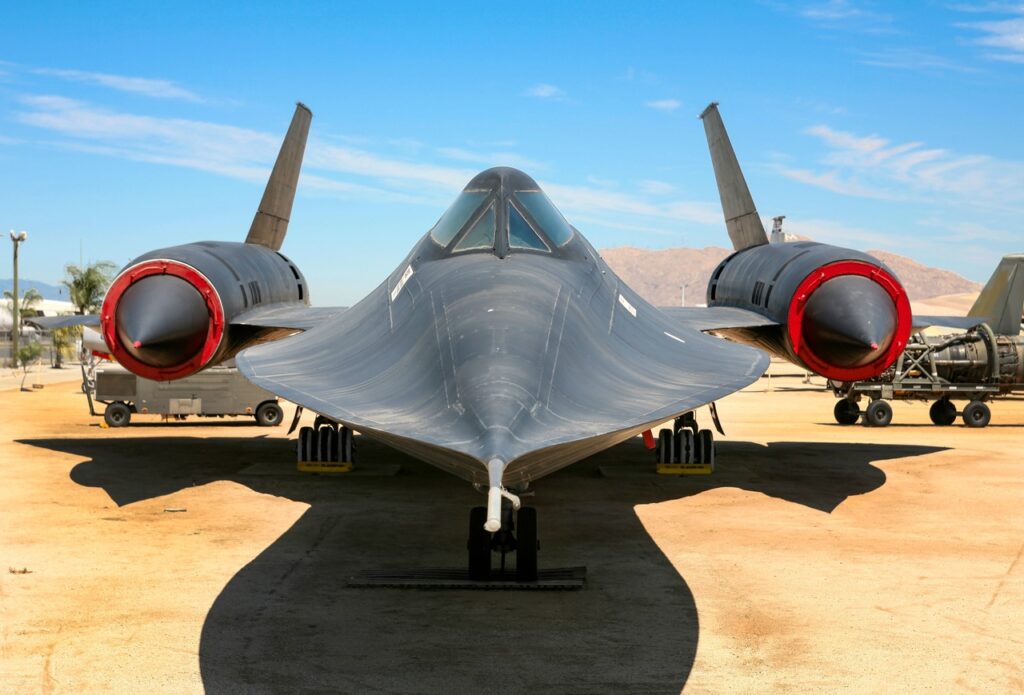
The AR-500 Rifle Is Nothing Short of Killer
Here’s What You Need to Remember: Five rounds in an AR-500 magazine may not compare favorably with the 30 rounds of an AR-15 magazine, at least initially, but it’s worth remembering the two weapons are for entirely different purposes.
The endless adaptive nature of the AR-15 rifle platform has made it one of the most modifiable weapons in history. From buttstocks to barrels, the rifle can be customized in a variety of ways to improve power, functionality and appearance.
One major innovation in the field of power is the AR-500. The AR-500 fires a modified .500 Smith & Wesson bullet, the .500 Auto Max, resulting in a rifle that manufacturer Big Horn Armory claims can down “any dangerous game animal on Earth” and disable “any vehicle.” The result is a weapon that appeals to big game hunters and tactical teams alike.
The original AR-15 platform rifle fires the 5.56-millimeter round. Weighing between fifty-five and seventy-seven grains (.6 ounces), the 5.56 round is suitable for incapacitating man-sized targets. The 5.56-millimeter round is banned by many states however for hunting purposes, as it lacks the power to quickly take down deer-sized game. The 5.56 round is also ineffective at penetrating steel engine blocks, the quickest way to stop a moving vehicle.
The AR-500 is an AR platform weapon designed to accommodate a modified version of the .500 Smith & Wesson bullet. The Auto Max is actually built off the AR-10, a scaled up version of the AR-15 meant to accommodate the heavier 7.62-millimeter caliber. The AR-10 is used to accommodate a number of larger calibers including 6.5-millimeter Creedmoor, 7-millimeter-08 Remington, and .338 Federal.
The AR-500 uses a rimless version of the Smith & Wesson .500 caliber pistol bullet, .500 Auto Max. This allows the bullet to feed from an AR-15-platform rifle. The rounds are thicker yet shorter than 5.56 bullets, resulting in a shorter magazine. The AR-500 uses a partially blocked magazine well with a straight five round magazine.
Five rounds in an AR-500 magazine may not compare favorably with the 30 rounds of an AR-15 magazine, at least initially, but it’s worth remembering the two weapons are for entirely different purposes. While the AR-15 is meant to engage one or more human targets at ranges of up to 200 or more meters, the AR-500 is meant to bring down game animals one at a time—and many states have strict limits on the number of rounds a hunting rifle can hold. Used by SWAT and other tactical teams to stop vehicles, the AR-500 would likely only fire a handful of shots for a narrow purpose. Given that the rifle already weighs ten pounds and five rounds of .500 S&W can weigh up to half a pound, ammunition weight becomes an issue.
The AR-500 is identical functionally to other AR rifles, and an AR-15 user would have no problems quickly transitioning to the larger, heavier rifle. The rifle has a full-length Picatinny rail for attaching optics, lights, or laser accessories, six position adjustable buttstock, and a heavier recoil spring and buffer. The manual safety is ambidextrous and extended for easier reach. The barrel is threaded and fitted with a flash suppressor, although a muzzle brake or even suppressor could be installed to help tame recoil.
At 1,875 feet per second the .500 Auto Max round is decidedly slower than the 5.56 round, which is typically clocked between 3,000 and 3,700 feet per second. However, ballistic tests indicate the big 400 grain (.91 ounce) .500 round packs a whopping 3,122 foot pounds of energy, compared to just 1,282 foot pounds of energy for 55 grain 5.56-caliber rounds. Although basically a pistol round, the .500 Auto Max round achieves faster velocities from the rifle platform due to the use of an 18-inch barrel. Accuracy was observed as 1.1 to 1.7 inch groups of five rounds each at 100 yards.
The AR-500 rifle isn’t for everyone. Unlike the ubiquitous AR-15, recoil, weight and cost per round will limit the weapon’s popularity. That having been said, there are situations where 3,122 foot pounds of force, precisely applied, can make a world of difference in bringing down a large game animal or stopping a runaway car at checkpoint.
Kyle Mizokami is a writer based in San Francisco who has appeared in The Diplomat, Foreign Policy, War is Boring and The Daily Beast. In 2009 he co-founded the defense and security blog Japan Security Watch. This first appeared earlier in the year.
Image: Creative Commons


